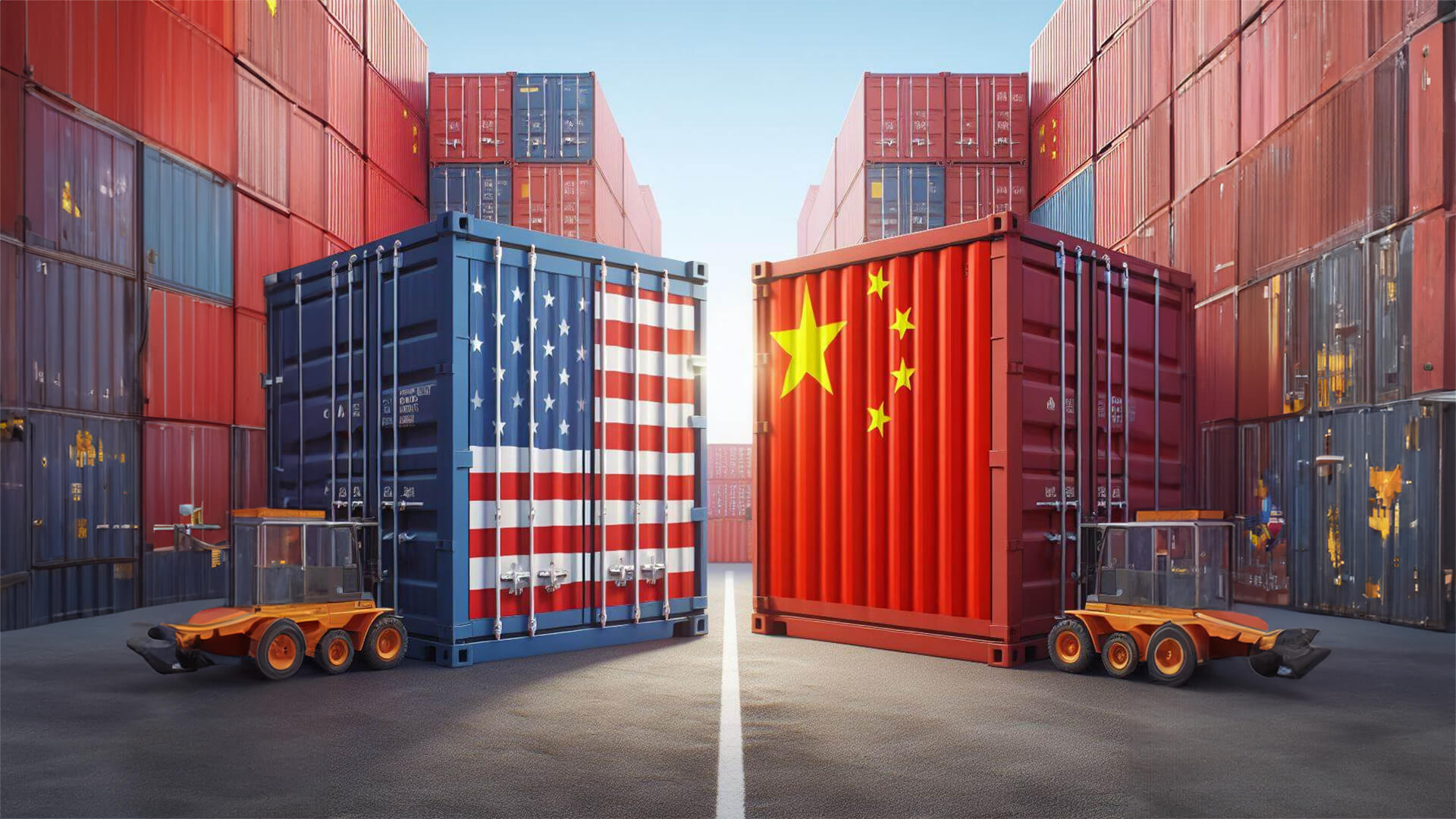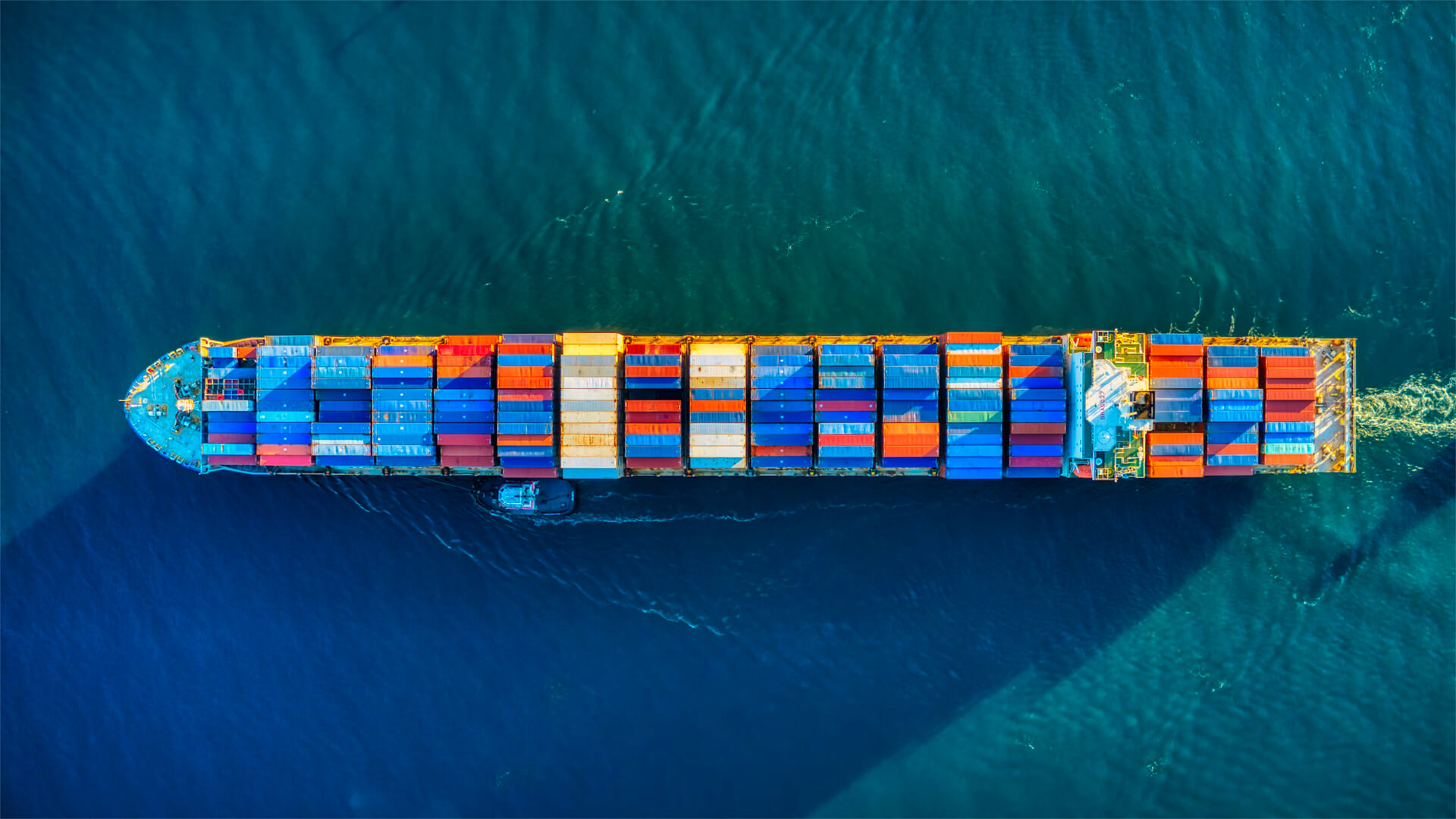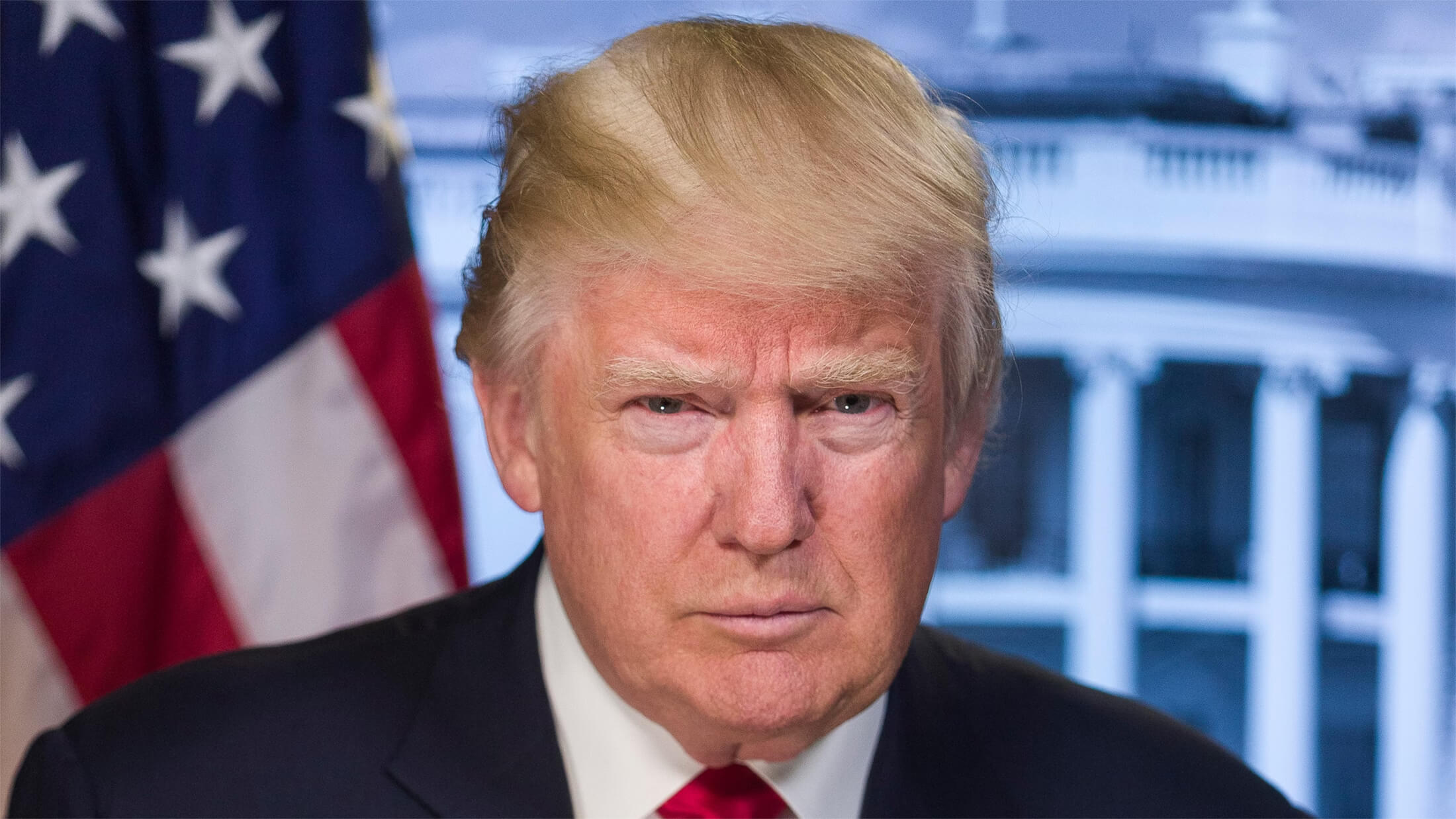The tariffs on China are now effectively 145% and penalties tied to Venezuelan oil could raise that to 170%. Trump’s tariff policies are nearing the triple digits, so the level of uncertainty filling every board room is chilling.
While the idea of moving manufacturing away from China is an attractive idea, Trump is trying to brute force his way through this obstacle. When you do that with one of the most complex and developed global trade systems, it’s not going to be a fun process. And there’s no safety net to this. With allies like Canada and Mexico under the pressure of their own set of tariffs imposed by Trump, who is going to pick up the manufacturing? Or help with the industrial buildout?
Needless to say, we’re heading down a very painful road. My piece of advice – you may want to pick up an extra phone or laptop while it’s still (somewhat) affordable.
(Well, that lasted for a bit…)
Here at Zeihan on Geopolitics, our chosen charity partner is MedShare. They provide emergency medical services to communities in need, with a very heavy emphasis on locations facing acute crises. Medshare operates right in the thick of it, so we can be sure that every cent of our donation is not simply going directly to where help is needed most, but our donations serve as a force multiplier for a system already in existence.
For those who would like to donate directly to MedShare or to learn more about their efforts, you can click this link.
Transcript
Hey all Peter Zeihan here coming to you from Florida. And while I was on my way here, the Trump administration issued a clarification of the tariffs on China that they’re actually not 125%, the 145%, because some of the tariffs that were on earlier are stuck with the ones that are here now. And that’s before you apply, the tariffs for China using, Venezuelan crude, which would take it up to 170.
So I thought it would be useful to give a little bit of a technical update. Paired with a bit of a public service announcement. So the whole goal for what Donald Trump is trying to do here, which I broadly agree with, the goal is to bring manufacturing away from the Chinese space and into the US space. The problem is that, you don’t do that overnight, especially for more technical things.
So when you see the Commerce secretary saying nonsense about having Americans work in factories screwing iPhones together, I mean, that’s just stupid, because that’s not how it works. The iPhone, for example, has 1100 supply chain steps, and they’re scattered across East Asia with about 90% of them either starting, ending, or being centered in China. So it’s not like you move one factory, you move 1100 plus all of the logistical and labor support that goes with it.
And before you say the US can do this quickly, keep in mind that it took Apple 25 years to develop the iPhone and then another 20 years for it to turn into the product that it is today. Those supply chains are the end result of 40 years of breakneck industrialization and industrial development that was ultimately funded by debt driven investment funds, that it’s a combination of capturing all of the spare savings of the population over the course of the last 50 years, combined with a huge amount of currency printing.
You’re talking about a combined industrial plant in China of roughly 40 trillion U.S. dollars equivalent. Even if the United States was to put $2 trillion of federal spending towards this project a year at the soonest, you would be expect the United States to be able to build an iPhone. It’s somewhere around 12 to 15 years from now, which means that no matter how high the tariffs get under the 45 right now, you should not expect to get meaningful American manufacturers with the next two years.
In fact, Trump has said himself personally that we should see the first fruits of this project within two years. Two years is when we start to see the benefits. And honestly, that assumes that we have partners in this in Mexico and Canada. That is very clearly not clear right now because the Canadians and the Mexicans are under tariffs just like everybody else.
So no one even wants to start building the industrial plant until there’s some clarity. And the announcement today that said that China is now up to 145. That is the 92nd tariff policy that we have had in this country in the just the last six weeks. And until things settle down a little bit, I don’t expect anyone to start investing hundreds of billions of dollars.
Now what else? What we’ve been seeing in the last six years, roughly, is an evolution in the understanding of manufacturers about how reliable China is as a place to manufacture. So during Covid, everyone started diversifying away from China. They called it a China plus one strategy. And then about 18 months ago, well before Donald Trump had even won the primaries, there was a realization that China is no longer the low cost producer.
There’s the sunk cost of the industrial plant, and that is a massive motivator. But Chinese labor now costs roughly two, two and a half times as much as Mexican labor, and it’s not as highly skilled. So we were going from a China plus one strategy to an anything but China strategy. Well, in the last six weeks, what Donald Trump has achieved has gone from an US only strategy for consumption to a US plus one strategy in the mind of all of the world’s major global manufacturing companies.
So until we get clarity on the regulation, on what federal support might look like on the power grid, on the ability of the United States to produce the base materials like steel and aluminum, copper and wood and all the rest. No one’s putting anything here for the last two years, we have set regular records for industrial construction spending in the United States as part of the diversification away from China and the reshoring from China.
But because we’ve had policies changing, oftentimes hour by hour, everyone is just stalled. And for the first time since Covid, and for the second time since World War two, industrial construction spending has basically gone to zero. Until we have clarity, that’s where it’s going to stay. Now, if I can take a flight across the country and we don’t get a new tariff policy by the time we land, then we can start the conversation about how we can begin the 12 to 20 year process to achieve what Donald Trump really wants, which means that your average low end iPhone is going to cost a shade under $3,000 if it’s originating in China, because while China may not be the most advanced manufacturing power, they are the assembly power.
And so all the parts circulate around East Asia, are centered into China and then shipped from China to the United States, all of them qualifying for that 145% tariff. Which means that effective. Now, if you want electronics, you want your iPhone, you want your computer. Without that massive markup, you have to buy something where the inventory already exists.
In the United States, because anything new coming in has that price markup. So Apple flew apparently 60 tons of product into the country a couple of days ago to get in under their wire. And that’s all that’s left. So you want to save a few thousand bucks, buy your new computer, buy your backup computer, buy your new phone, buy your backup phone.
Now, I bought three of each.











